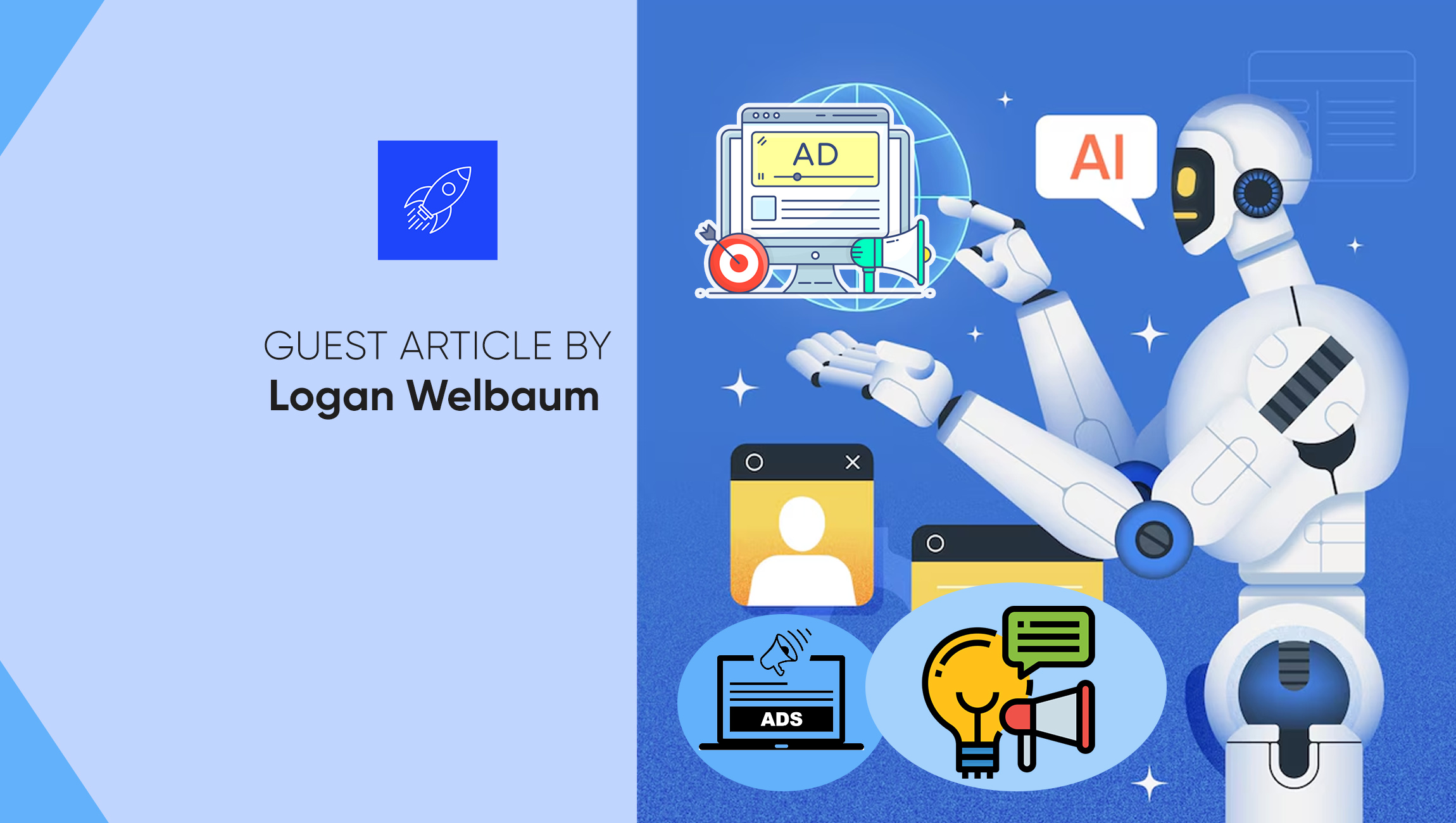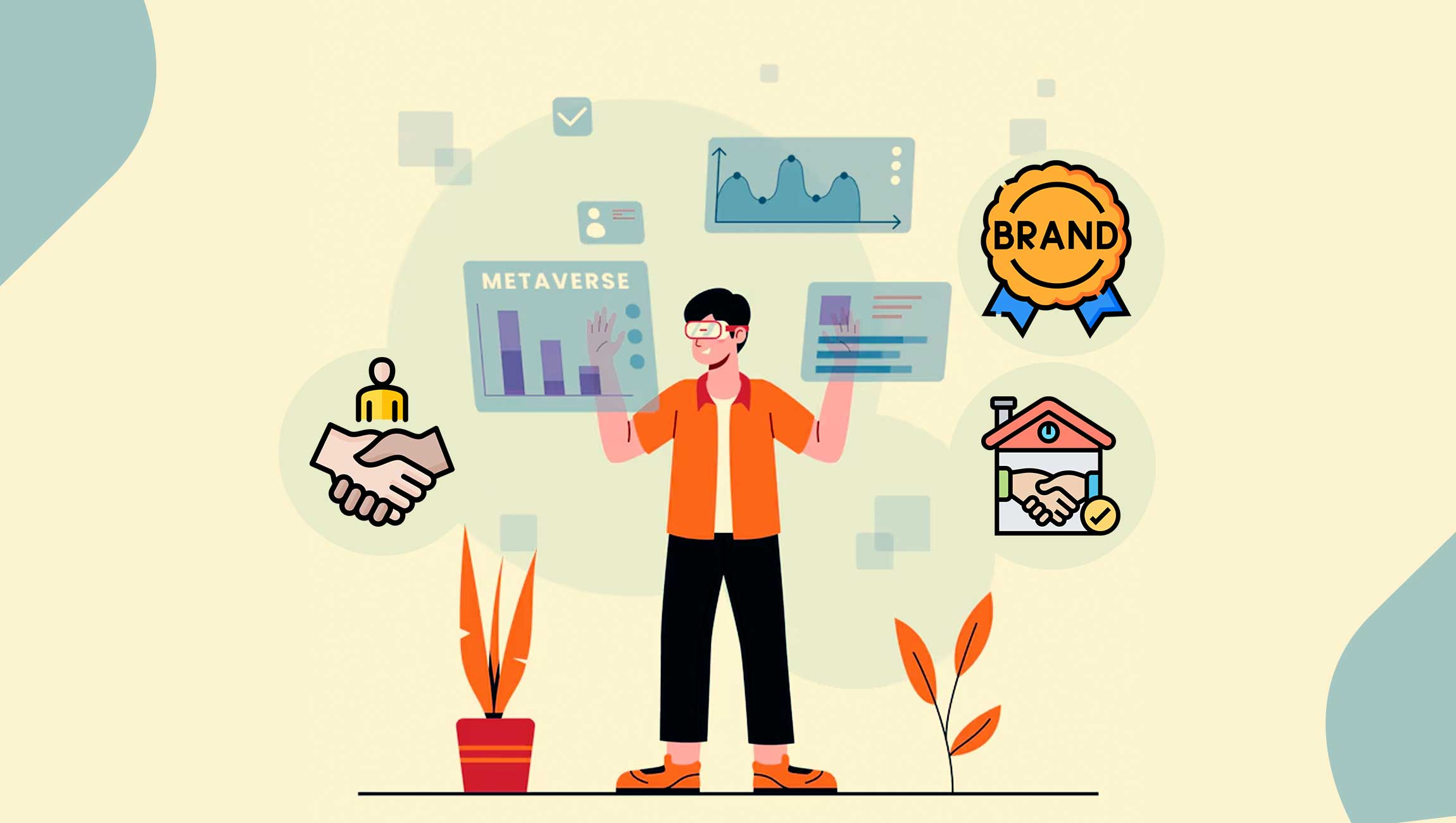Given the dramatic changes in technology the world has experienced over such a short recent period of time (hey, the iPhone is still a teenager!), it is little wonder that keeping up with trends and best practices around new tech can be a sticking point for many of us. That challenge extends to the advertising space, where those in the industry may not only struggle to decide how best to deploy powerful tools such as artificial intelligence – but perhaps also when and whether to use them at all.
It’s safe to say that artificial intelligence, already driving many of the systems in our everyday lives, is here to stay. The best way for advertisers to make peace with it, then, is to learn where its value lies and the best way to extract that value for their own purposes. What follows is a step-by-step guide to help advertisers get more comfortable with AI-powered advertising features, learn which tools are available to them and understand the benefits and challenges that can accompany this technology.
Structuring an AI-Assisted Campaign
Before Facebook and Google began incorporating AI enhancements into their ads, advertisers had to be very strategic and spend significant time thinking through and creating multiple ad groups under one campaign. But now, even Facebook is recommending simpler campaign set-ups and the addition of as many assets as possible. Google’s Performance Max follows a similar concept, in which advertisers upload multiple images, text assets, YouTube links and more, and its AI propagates campaign ads across all of Google’s channels. Third-party support partners can even help advertisers simplify their campaign structure, allowing their ads to launch across all major social media ad networks in minutes with just a prompt.
Strategy and Research
As an advertiser, determining which platforms to use, an appropriate budget spend, the optimal customer base and other related details is painstaking, time-consuming work. ChatGPT, a free-to-use AI system, is an excellent tool for bypassing some of these efforts and helping brainstorm a winning campaign. Some third-party platforms have even built ad-focused GPT systems to optimize the prompt hack process. An advertiser can simply add their website and list out the goal of the campaign to generate a treasure trove of smart, targeted ideas.
Marketing Technology News: MarTech Interview with Chris Koehler, CMO @ Twilio
Budget Planning
AI’s strongest value here is in determining the cost of customer acquisition and average order value (AOV). Let’s say it costs $10 to acquire a customer who has an average order value of $100. If the goal is to generate $10,000 in sales, then ad spend for the campaign should be $1,000. To figure customer acquisition cost, a key metric to examine is advertising cost of sales – a benchmark that ideally comes in under 30 percent. So if one sale generates $100, the customer acquisition cost can be expected to be $30, and the goal would be to keep optimizing ad campaigns over time to drive that number down.
But artificial intelligence is also having an effect on traditional budget planning. AI can help advertisers group multiple campaigns across platforms and optimize spend by shifting budgets to the best-performing campaigns, saving more time and further lowering the cost per customer.
Ad Creation
Most advertisers already are already using AI to fully automate their ad copy or brainstorm on different ad copy ideas. All the details about a campaign, audience and goals can be input into ChatGPT (or a similar system) to generate strong ad copy – or at least provide a helpful starting point. But be sure to research current best practices and trends, because certain punctuation and symbols may not be allowed in your headlines, and the impact of messaging is subjective. The ad copy variation that gets the lowest approval internally might resonate most with your customers, so it’s important to test performance.
Platforms like Midjourney and DALL-E offer AI image creation for advertisers, but keep in mind that results will depend on the use case. For example, AI image generation may not be capable of offering a true representation of certain products or services. Instead, AI features from Adobe, Runway and others could be used to enhance and optimize an image by, say, removing certain elements or changing the image lighting. On the horizon is advanced AI video generation – Open AI’s Sora, Google’s competitor and others are already making great strides – which has the potential to drastically reduce the time and cost of creating advertising video assets.
Ad Deployment and Measurement
Launching ads across platforms and showing advertisers their results in real-time is a key benefit of many ad-focused AI platforms. Additionally, Facebook (with Conversions API), Google and other platforms are already leveraging first-party data to help inform and optimize targeting, which can decrease the cost per result and better measure outcomes. And AI for predictive analytics is the ideal product for advertisers. Predicting how an ad will perform before it launches will save advertisers untold resources in the future.
Artificial intelligence may not be the best option for advertisers in every case, but it’s always an excellent place to start the exploration process. Agencies shouldn’t rush to downsize their creative departments anytime soon, as humans will always be the final arbiters of what we find interesting, funny, poignant and resonant – and talented people have a knack for transforming something good into something great. Consider AI a launching pad for those creatives, as well as a supercharged tool for optimizing the analysis of a campaign’s performance.
Marketing Technology News: How CMOs Can Deal with Misinformation











